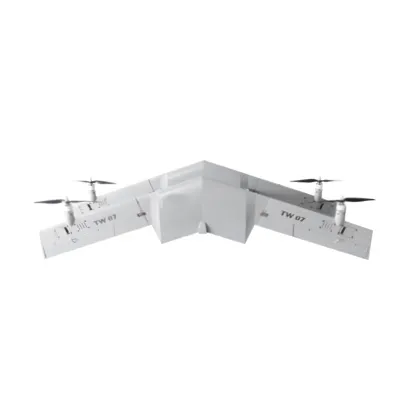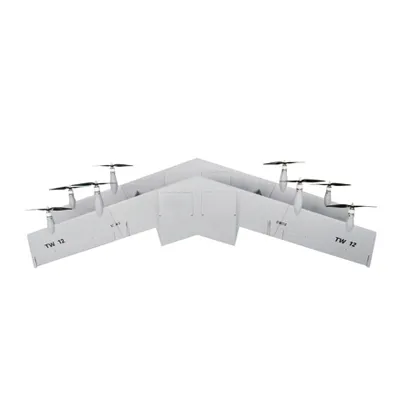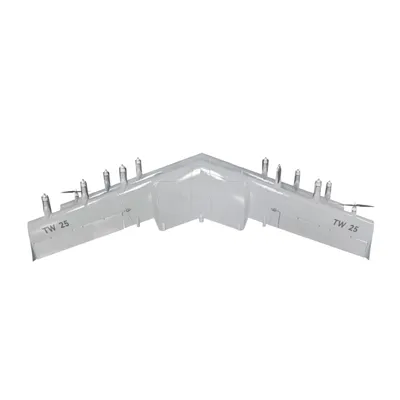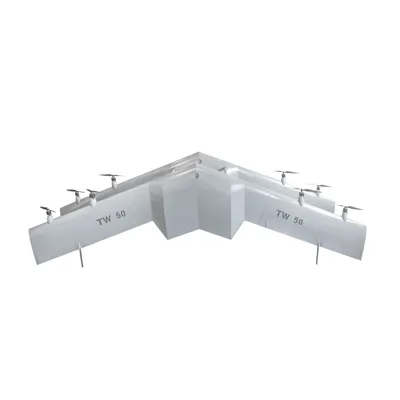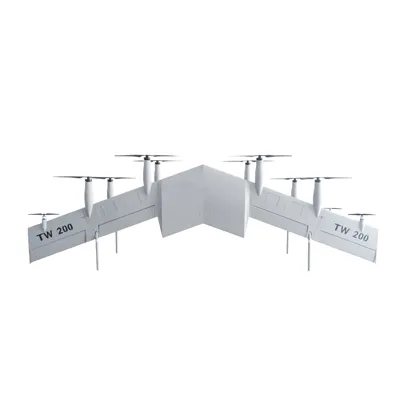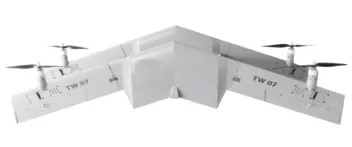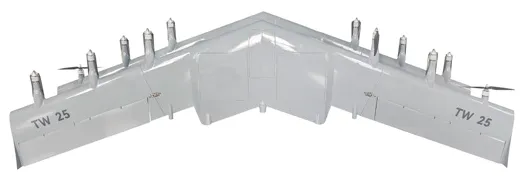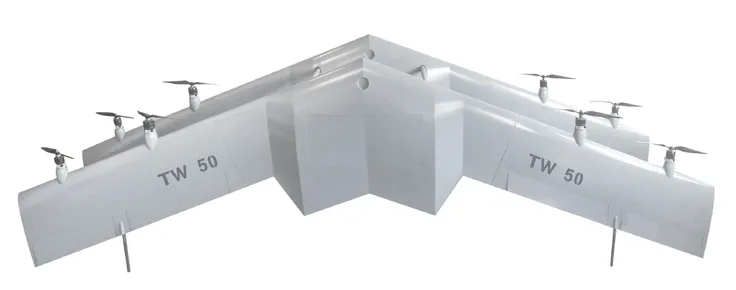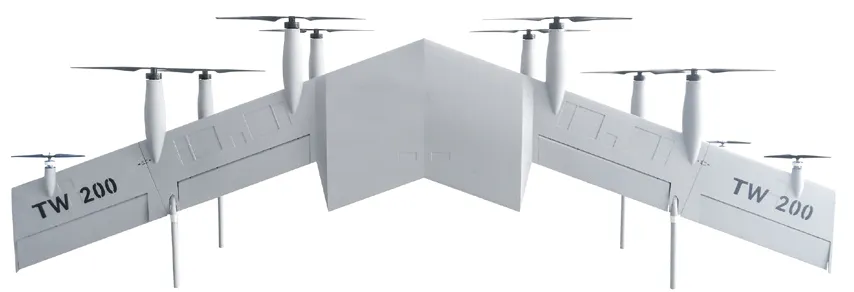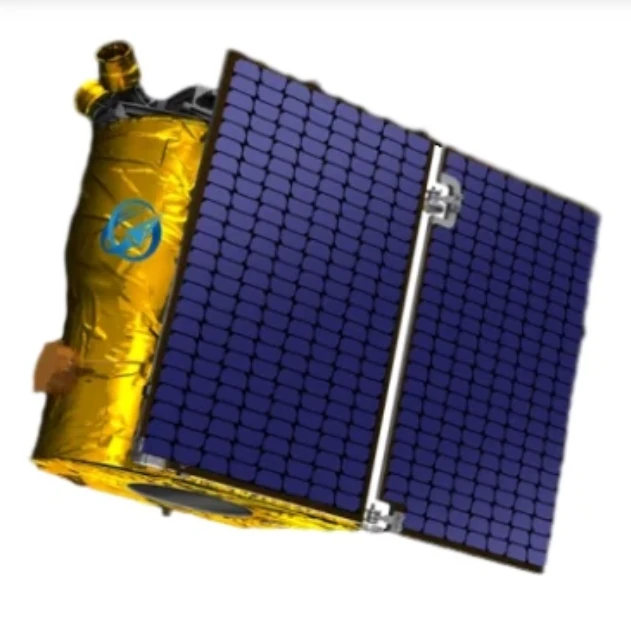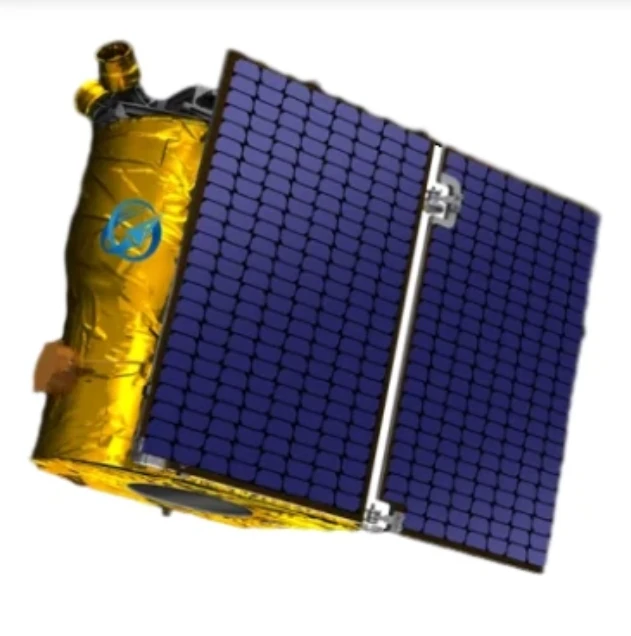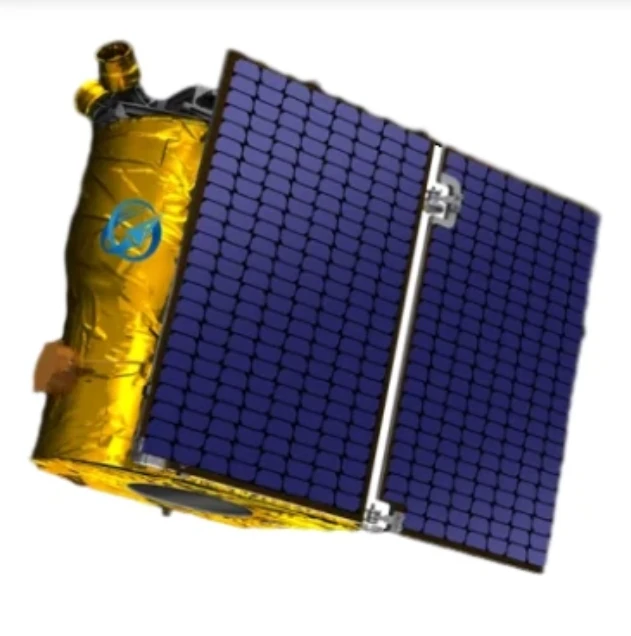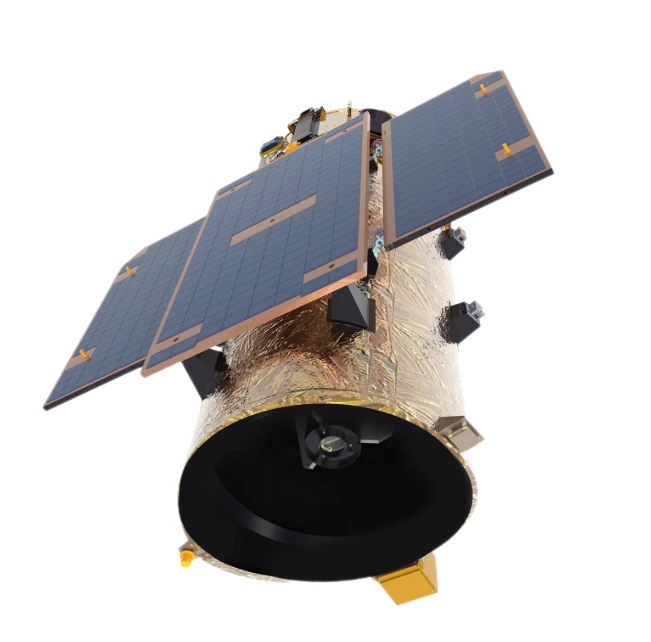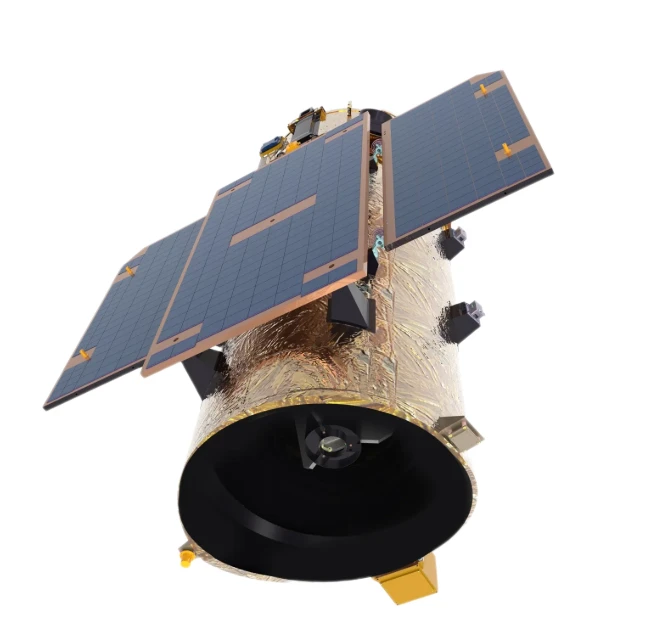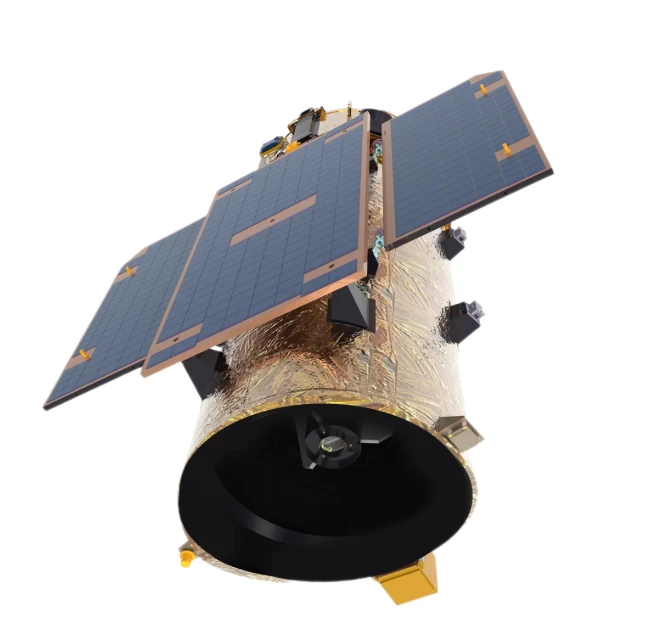
- African
- ChiAlbanian
- ChiAmharic
- ChiArabic
- ChiArmenian
- Azerbaijani
- ChiBasque
- Chiberaruzi
- ChiBengali
- ChiBosnian
- ChiBulgarian
- Katarani
- Cebuano
- China
- Kosikeni
- ChiCroatian
- ChiCzech
- ChiDanish
- ChiDutch
- Chirungu
- Esiperando
- ChiEstonian
- ChiFinish
- ChiFrench
- Frisian
- ChiGalician
- ChiGeorgian
- ChiJerimani
- ChiGiriki
- ChiGujarati
- Kiriyoro yeHaiti
- ChiHausa
- Chihawayi
- ChiHebhuru
- Aihwa
- Miao
- ChiHungarian
- ChiIcelandic
- igbo
- ChiIndonesian
- ChiIrish
- ChiItalian
- ChiJapanese
- ChiJavanese
- ChiKannada
- Kazaki
- Khmer
- Rwandan
- ChiKorean
- ChiKedhi
- Kiyagizi
- Basa
- Ratini
- ChiLatvian
- Ritunia
- Rukusembogi
- ChiMacedonian
- Malagasy
- ChiMalay
- ChiMalayalam
- ChiMaltese
- Maori
- ChiMarati
- ChiMongoria
- Mayanima
- ChiNepali
- ChiNorwegian
- ChiNorwegian
- Occitan
- Pashito
- ChiPersian
- ChiPolish
- ChiPutukezi
- Punjabi
- ChiRomanian
- ChiRussian
- Samoan
- ChiGaelic cheScottish
- ChiSebhiya
- Chirungu
- Shona
- ChiSindhi
- Sinhala
- ChiSlovak
- ChiSlovanian
- Somari
- ChiSpanish
- Sundanese
- ChiSwahili
- ChiSwedish
- ChiTagalog
- Tajik
- ChiTamil
- Tatar
- ChiTelugu
- ChiThai
- Turkish
- ChiTeki
- Ukrainian
- Urdu
- Uighur
- Uzbek
- Vietnamese
- Welsh
- Help
- Yiddish
- Yoruba
- Zulu
|
|
|
|
|
|
||
|
|
TW 07 (Electric) |
TW 12 (Electric) |
TW 25 (Electric) |
TW 50 (Electric) |
TW 200 (Electric) |
|
|
Wingspan |
1.62m |
2.20m |
2.98m |
3.68m |
5.88m |
|
|
Overall Dimensions |
1.62*0.37*0.47m |
2.20*0.45*0.68m |
2.98*0.63*0.90m |
3.68*0.68*1.14m |
5.88*1.36*1.85m |
|
|
Folded Dimensions |
0.67*0.37*0.39m |
1.10*0.45*0.50m |
1.40*0.63*0.63m |
1.90*0.68*0.76m |
4.06*1.36*1.25m |
|
|
Maximum Takeoff |
7kg |
13.2kg |
25kg |
50kg |
200kg |
|
|
Maximum Payload Capacity |
1kg |
2kg |
5kg |
10kg |
70kg |
|
|
Maximum Flight Endurance |
2h 10min (Unloaded) 1h 40min (With payload up to 10x triple EO/IR/Laser pods) |
3h 20min (Unloaded) 2h 40min (With payload up to 10x triple EO/IR/Laser pods) |
5h 20min (Unloaded) 4h (With payload up to 40x triple EO/IR/Laser pods) |
6h 30min (Unloaded) 5h (With payload up to 40x triple EO/IR/Laser pods) |
8h (Unloaded) 7h 30min (With payload up to 40x triple EO/IR/Laser pods) |
|
|
Cruising Speed |
66~72km/h |
60~72km/h |
60~72km/h |
65~90km/h |
72~110km/h |
|
|
Maximum Flight Speed |
180km/h |
152km/h |
152km/h |
150km/h |
150km/h |
|
|
Hovering Time |
15min |
16min |
20min |
— |
— |
|
|
Wind Resistance Level |
Wind Resistance: Level 6 (Takeoff/Landing Phase) | Level 7 (Cruise Phase) |
|||||
|
Service Ceiling |
5500m |
6000 m |
||||
|
Operating Temperature Range |
Operating Conditions: -20℃ to +65℃ with light rain capability |
|||||
|
Maximum Ascent Rate |
20 m/s |
10 m/s |
||||
|
Maximum Descent Rate |
5 m/s |
3 m/s |
||||
|
Positioning Accuracy |
Positioning Accuracy: 0.5m (Customizable to RTK 1cm / PPK 1mm) |
|||||
|
Control Range |
30km |
30km |
30/50km |
30/50/100km |
30/50/100/200km |
|
|
Transportation Method |
Backpack/Aviation Case (Single-operator Portable Configuration) |
Compact Aviation Case (Passenger Vehicle Transport Optimized) |
Extended Aviation Case (Cargo Van Transport Ready) |
|||
|
Packaging Dimensions |
0.69*0.43*0.47 m |
1.18*0.52*0.58 m |
1.42*0.69*0.68 m |
1.92*0.71*1.17m |
4.08*1.40*1.42m |
|
Product Details
Iyo Changguang TW Series UAV imotokari yemhando yepamusoro isina kufambiswa mhepo (UAV) yakagadzirirwa kuunganidza njere, kuongorora, uye mishoni dzekuongorora. Iyo inoratidzira yakagadziriswa-mapapiro dhizaini ine advanced aerodynamics, inovimbisa kutsungirira kwenguva refu uye kushanda kwakanyanya. Iyo TW Series ine mamiriro-e-iyo-art avionics, chaiyo-nguva data data transmission masisitimu, uye modular payload masisitimu, zvichiita kuti ive yakakodzera kune akasiyana maapplication, anosanganisira bhodha patrol, kutarisa njodzi, uye kutariswa kwemauto.
Wingspan: Inosiyana nemuenzaniso, yakagadzirirwa kutsungirira
Maximum Takeoff Weight: Inogadzirika kune akasiyana payload kugona
Endurance: Kusvika kumaawa makumi maviri ekuenderera mberi nendege
Cruising Speed: 100–150 km/h
Kushanda Altitude: Kusvika ku8,000 metres
Payload Capacity: Inosanganisira EO/IR makamera, LiDAR, SAR, uye kutaurirana relay.
Kudzora Sistimu: Kure uye kuzvimiririra kubhururuka kugona
Dual-All-Wing Fixed-Wing UAVs: High Maximum Payload, Wind Resistance & COTS Technology for VTOL Scenarios
In the realm of unmanned aerial systems (UAS), the Changguang TW series redefines fixed-wing UAV capabilities by merging dual-all-wing aerodynamics with VTOL mission readiness. Designed for demanding scenarios that require both vertical takeoff and landing (VTOL) flexibility and long-endurance flight, these UAVs leverage a unique dual-all-wing structure to deliver unmatched maximum payload capacity, robust wind resistance levels, and commercial-off-the-shelf (COTS) technology integration.
Aerodynamic Excellence: The Dual-All-Wing Advantage
The core of the TW series lies in its dual-all-wing design, optimizing lift-to-drag ratios for efficient long-distance flight while enabling stable operations in challenging conditions. Unlike traditional fixed-wing UAVs, this architecture supports:
VTOL-Compatible Missions: While not a pure VTOL aircraft, the design excels in scenarios where VTOL drones face limitations—such as extended flight ranges (2–8 hours) and heavy payloads (1kg to 70kg, depending on model).
Wind resistance up to Level 7 (13.9–17.1 m/s), with customizable configurations reaching Level 8 for extreme environments, ensuring reliable data acquisition in coastal storms or mountainous turbulence.
Payload Mastery for Mission-Critical Tasks
The TW series sets new standards for maximum payload capacity, empowering users to integrate diverse COTS sensors and equipment:
Modular Payload Bays: Accommodate electro-optical (EO), infrared (IR), LiDAR, and multispectral cameras, ideal for precision agriculture, infrastructure inspection, and disaster mapping.
For example, the TW200 model supports a 70kg payload, enabling simultaneous deployment of high-resolution imaging systems and real-time data links—critical for large-scale surveying projects that demand both speed and accuracy.
COTS-Driven Innovation for Rapid Deployment
By embracing commercial-off-the-shelf technology, the TW series reduces integration complexity and accelerates mission readiness:
Plug-and-Play Sensors: Seamlessly connect industry-standard payloads without custom modifications, thanks to an open-architecture data acquisition system.
RTK-GNSS Integration: Achieve centimeter-level positioning using COTS modules, enhancing mapping precision for applications like power line routing inspection and border surveillance.
The result? A UAV platform that balances affordability with enterprise-grade performance, perfect for organizations requiring rapid deployment and scalable payload solutions.
Real-World Performance in VTOL-Ready Scenarios
In a recent forest fire monitoring mission in California:
A TW150 UAV with a 30kg payload flew for 6 hours, covering 300km while transmitting thermal imagery through its COTS-based data link.
Its dual-all-wing design maintained stable flight in strong breeze, outperforming traditional VTOL drones that struggled with both endurance and payload limits.
The Future of Hybrid UAV Missions
The TW series proves that fixed-wing UAVs can excel in VTOL-adjacent roles by prioritizing aerodynamic efficiency, payload versatility, and COTS integration. Whether mapping vast agricultural fields, inspecting offshore wind farms, or supporting disaster relief, these UAVs offer a pragmatic balance between the short-range flexibility of VTOL systems and the long-endurance capabilities of fixed-wing aircraft.
With dual-all-wing VTOL UAVs like the TW series, users no longer compromise on payload capacity, wind resistance, or technology compatibility. Discover how Changguang’s innovative design can elevate your mission-critical operations—where every flight demands precision, power, and adaptability.
High-Efficiency Dual-All-Wing UAVs: VTOL-Compatible Design, Wind Resistance Level 7 & COTS-Powered Payload Systems
In the evolving landscape of unmanned aerial systems (UAS), Changguang’s dual-all-wing UAVs redefine operational efficiency by merging fixed-wing aerodynamics with VTOL mission adaptability. Engineered for scenarios demanding both vertical takeoff/landing (VTOL) flexibility and long-endurance flight, these UAVs integrate a unique dual-all-wing structure to deliver unmatched wind resistance, robust maximum payload capacity, and commercial-off-the-shelf (COTS) technology for rapid sensor integration.
Aerodynamic Innovation: The VTOL-Compatible Edge
The dual-all-wing design optimizes lift distribution, enabling stable flight in complex environments while addressing limitations of traditional VTOL drones. Key advantages include:
VTOL-Compatible Operations: While not pure VTOL, the architecture excels in missions where VTOL systems struggle with range—supporting 2–8 hours of flight and payloads from 1kg to 70kg (model-dependent).
Wind Resistance Level 7 (13.9–17.1 m/s) as standard, with custom configurations reaching Level 8, ensuring reliability in coastal storms or mountain updrafts.
Payload Mastery for Mission-Critical Tasks
These UAVs set new benchmarks for maximum payload capacity, empowering users to integrate diverse COTS sensors:
Modular Payload Bays: Accommodate electro-optical (EO), infrared (IR), LiDAR, and multispectral systems, ideal for precision agriculture, power line inspection, and disaster response.
The TW200 model, for instance, supports 70kg payloads, enabling simultaneous deployment of high-resolution cameras and real-time data links for large-scale mapping projects.
COTS-Driven Scalability and Integration
By leveraging commercial-off-the-shelf technology, the UAVs streamline deployment and reduce costs:
Plug-and-Play Sensor Systems: Seamlessly integrate industry-standard payloads via an open-architecture interface, eliminating custom modifications.
RTK-GNSS Positioning: COTS-based centimeter-level positioning enhances mapping accuracy for applications like border surveillance and infrastructure monitoring.
The result is a scalable platform that balances affordability with enterprise-grade performance, perfect for organizations requiring rapid mission adaptation.
Real-World Performance in Demanding Environments
During a recent typhoon response mission in East Asia:
A TW150 UAV with a 30kg payload flew for 5 hours, transmitting thermal imagery across 200km while maintaining stability in strong breeze.
Its dual-all-wing design outperformed traditional VTOL drones, which faced both endurance limitations and payload restrictions in turbulent conditions.
The Future of Hybrid UAV Operations
Changguang’s dual-all-wing UAVs prove that fixed-wing efficiency and VTOL adaptability can coexist. By prioritizing aerodynamic design, wind resistance, and COTS integration, these systems offer a pragmatic solution for tasks ranging from offshore wind farm inspection to wildfire monitoring—where every mission demands both precision and resilience.
With dual-all-wing VTOL UAVs at the forefront, users no longer compromise on payload capacity, environmental adaptability, or technology compatibility. Discover how these high-efficiency platforms can transform your operations—where innovation meets mission-critical performance.
